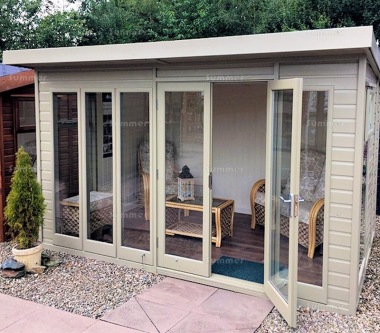All Categories
Featured
Table of Contents
Double Glazed Windows And Doors In Perth in Ridgewood Western Australia
Glazing merely implies the windows in your house, consisting of both openable and set windows, along with doors with glass and skylights. Glazing in fact simply suggests the glass part, however it is generally used to describe all aspects of an assembly including glass, movies, frames and furnishings. Focusing on all of these aspects will help you to accomplish effective passive style.

Energy-efficient glazing makes your house more comfortable and drastically decreases your energy costs. Inappropriate or badly created glazing can be a significant source of undesirable heat gain in summer season and considerable heat loss and condensation in winter. Up to 87% of a house's heating energy can be gotten and up to 40% lost through windows.
Why Is Double Glazing So Important In Winter? in Mahogany Creek Perth
Glazing is a considerable investment in the quality of your home. An initial investment in energy-efficient windows, skylights and doors can significantly reduce your annual heating and cooling costs.

This tool compares window selections to a base level aluminium window with 3mm clear glass. Comprehending some of the crucial residential or commercial properties of glass will help you to pick the finest glazing for your house. Key properties of glass Source: Adjusted from the Australian Window Association The amount of light that travels through the glazing is called noticeable light transmittance (VLT) or visible transmittance (VT).
Which Type Of Double Glazed Window Frame Is Right For You? in Melville WA
The U worth for windows (expressed as Uw), describes the conduction of the whole window (glass and frame together). The lower the U worth, the higher a window's resistance to heat flow and the much better its insulating worth.
If your home has 70m2 of glazing with aluminium frames and clear glass with a U worth of 6. 2W/m2 C, on a winter season's night when it is 15C chillier outside compared with indoors, the heat loss through the windows would be: 6. 2 15 70 = 6510W That is comparable to the overall heat output of a big space gas heating unit or a 6.
Double Glazing For Warmer Temperature : R/melbourne in Champion Western Australia

If you choose a window with half the U value (3. 1W/m2 C) (for example, double glazing with an argon-filled space and less-conductive frames), you can halve the heat loss: 3. 1 15 70 = 3255W The solar heat gain coefficient (SHGC) for windows (revealed as SHGCw) determines how readily heat from direct sunlight flows through an entire window (glass and frame together).
The lower a window's SHGC, the less solar heat it transmits to your house interior. Glazing producers state an SHGC for each window type and style. The real SHGC for windows is impacted by the angle that solar radiation strikes the glass. This is referred to as the angle of incidence.
The Best Double Glazing Companies In Canberra in Nollamara Perth
When the sun is perpendicular (at 90) to the glass, it has an angle of incidence of 0 and the window will experience the optimum possible solar heat gain. The SHGC stated by glazing producers is always determined as having a 0 angle of incidence. As the angle increases, more solar radiation is reflected, and less is transferred.
Table of Contents
Latest Posts
Triple Glazing Vs. Double Glazing: What Are The Differences? in Willetton Western Australia
Help Control Your House Temperature With Double Glazing ... in Martin Western Australia
How To Diagnose And Fix Misted Double Glazing in Hovea Perth
More
Latest Posts
Triple Glazing Vs. Double Glazing: What Are The Differences? in Willetton Western Australia
Help Control Your House Temperature With Double Glazing ... in Martin Western Australia
How To Diagnose And Fix Misted Double Glazing in Hovea Perth